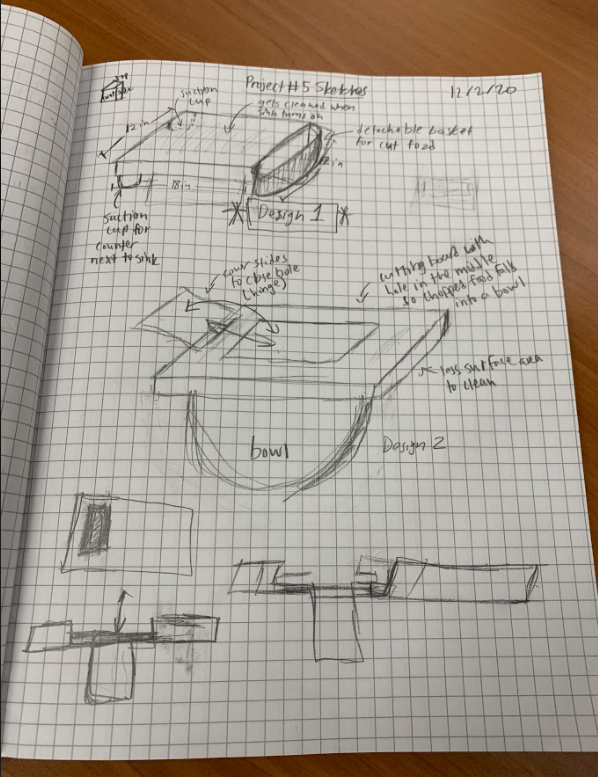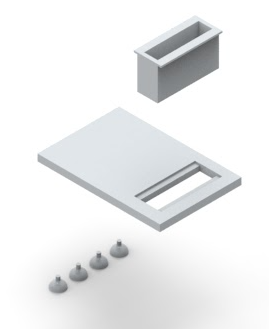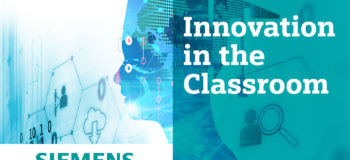Teaching STEM can be Scary

An interview with Tess Strauch from Bethpage High School
Teaching STEM topics is a trend that will only grow in scope as we move forward into the world of digitalization, and the rate of technological change continues to increase multi-fold. The speed of innovation is impacting everyone in our society from heads of state to heads of industry, and everyone in between. Faced with the responsibility of preparing students for the jobs of tomorrow, it is no wonder that STEM teachers find it daunting to keep pace and feel less than confident about their ability to deliver the “right” curriculum.
What can we do to help teachers and their students navigate the deluge of digital technology and have successful learning experiences?
I spoke with Tess Strauch, who teaches Marine Biology, AP Physics 2, Physics and Introduction to Engineering at Bethpage High School, to learn how she is approaching the challenge herself. What I learned is that the answer lies in continuous learning and collaboration; collaboration with other teachers, with industry partners, and even with students in real-time. Strauch stressed, “to successfully teach STEM in the age of digitalization teachers not only need to be open and willing to learn new topics, but they also need to learn new ways of delivering instruction.” Teaching from a prescribed text may provide a reasonably current reference, but it fails to help students develop the critical-thinking skills which are essential in the workforce today.
Bethpage has had a strong track record for collaborating with others, often working with other academic stakeholders in their ecosystem, such as Hofstra and St. John’s Universities and STEM programs such as FIRST® Robotics.
Last year Bethpage’s science director recommended that Strauch take a training course and evaluate the merits of Siemens Engineering Design problem-based learning (PBL) curriculum. PBL is a method that Strauch is familiar with from prior teaching experiences, but she confessed that as a teacher, “it can be terrifying, to give up the traditional way of teaching in which students learn by reading, discussing and taking notes on a subject and then typically taking a test on the content.”
Problem-based learning requires teachers to outline a real-world problem that students must solve. Working in groups students are in charge of organizing the project and creating and presenting unique solutions. In this regard the PBL approach changes the way students learn, it allows them to define, explore and acquire knowledge along the way. Additionally, the collaboration required in PBL helps students to develop other important skills, such as brainstorming, team building, decision-making and project management.
Strauch attended a week-long, on-line training over the summer, where she was introduced to Solid Edge software and Siemens Engineering Design curriculum. By the end of her training, Strauch felt prepared to introduce the course to her 11th and 12th grade students. She commented, “the curriculum is super clear and very well thought out, engaging for students, and has been extremely beneficial to her in the classroom.” She also commented “learning a new software is a challenge that has to be overcome, but Solid Edge was very easy to learn and to use.
Strauch’s students seem to be having the biggest benefit from her training course. To date, they have completed and presented 4-5 separate projects. In addition to accessing Solid Edge at school, all the Bethpage students also have a free Solid Edge student license that they use at home to complete assignments and continue self-guided learning.
“The students love the class, it has been very easy for them to learn about engineering design, they are very engaged and often stump me with great questions – which we then explore together!”
Tess Strauch
Strauch concluded by sharing, “the students are really learning a lot and she hopes to prepare them to obtain Siemens Solid Edge certification by the end of the school year.”
For more information on Siemens Engineering Design curriculum or Solid Edge for Educators and Students, please visit Siemens Solid Edge Educator Resources page.





